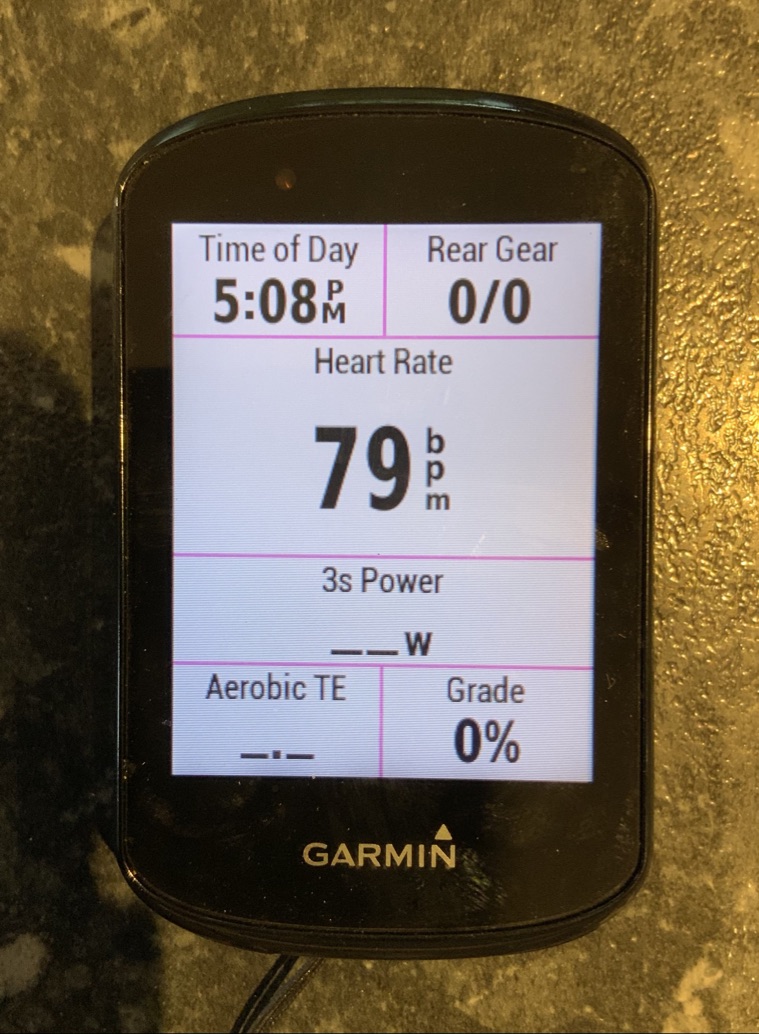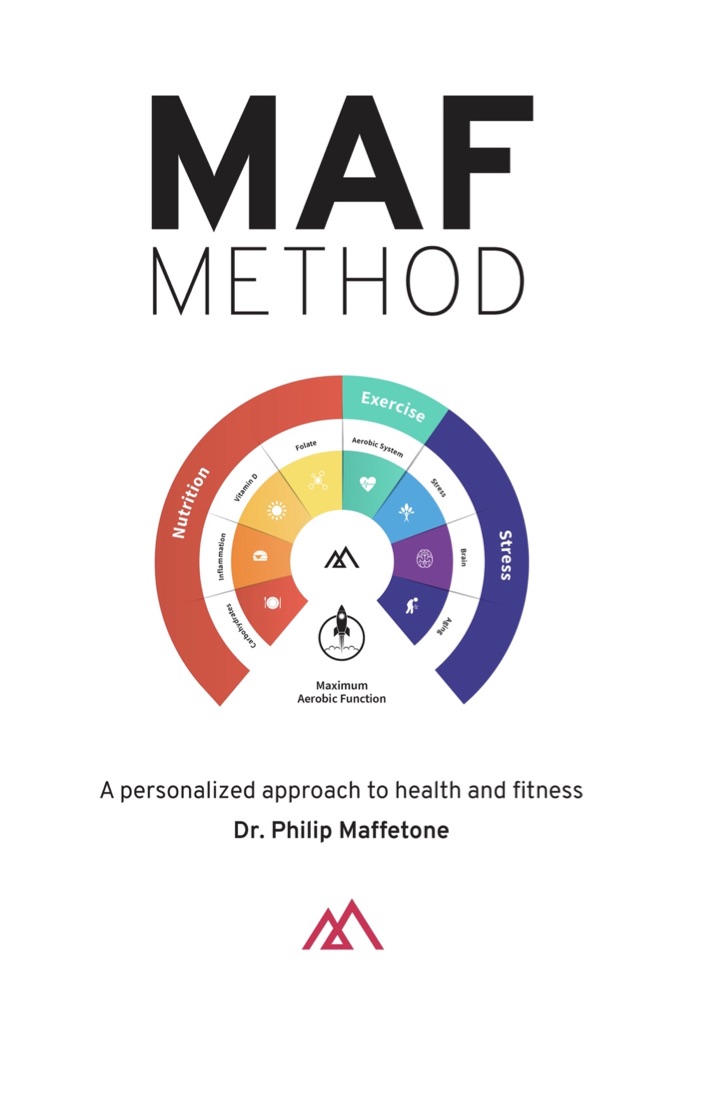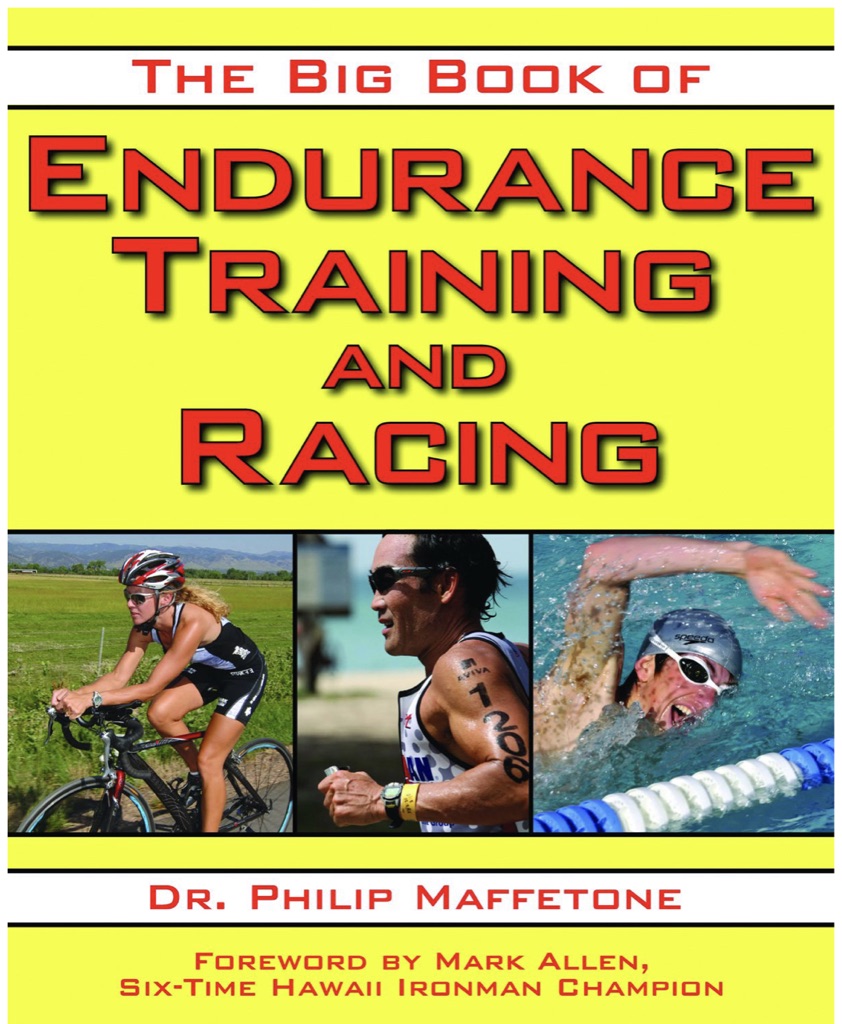Maximum Aerobic Function • MAF #1
08/10/20 09:17
Note: this will only appeal to those endurance cyclists (and runners) who are fat adapted, or at least understand what that means. I’ve been fat adapted for many years, long before my interest in MAF. Simple to stay healthy and very lean.
I’ve been active in one activity or another for most of my life. Heading into retirement and of bus-pass age, I now find myself mostly riding a bike, mainly for pleasure and some exercise; locally to home here in Snowdonia, north Wales. A perfect place for almost any outdoor recreational activity.
In my past I’ve trained very seriously for specific pastimes, so I think I know a little bit about how to get stronger, but I’m still finding road-biking a ‘bit of a mystery’. Some days I feel great, other times, not so much. Progress is sometimes hard to measure, and, at my time in life, I’m not even sure how much I want to ‘progress’.
I often find myself conflicted between just enjoying some relaxing time outside solo or with mates and the urge to get faster, especially faster uphill!! We have lots here in North Wales.
MAF Training might just be the answer for me...
I first came across MAF reading Christopher McDougall’s book - ‘Natural Born Heroes’ - some years ago now. A great read, about natural athletes as well as a fascinating history of Crete in the 2nd World War. Chris ends up interviewing Phill Meffatone, who devised the MAF protocol, explaining it in some detail, fitting in nicely with other themes in his book.
I did the research, but never implemented the protocol myself, until now...
MAF is all about training your Aerobic system to be as efficient as possible, fuelling mostly from virtually unlimited body-fat, so it’s really good for any endurance type activity. My many years of reading around the subject leads me to believe that virtually all competitive endurance athletes these days are knowledgeable about the power of metabolic flexibility for competition and know that fuelling long events only on sugar and carbs won’t win them many races.
Importantly, it’s not just a training protocol, but nutrition, sleep, recovery, long-term health, injury prevention, etc, as well as out and out performance.
You can look up the details of how MAF works on-line. To summarise, you work out your own MAF heart-rate (HR) personal to you and then exercise as close to this number as much as possible, for as long as possible. Great for winter season build-up. You must not go over this number at all, but are allowed to go 10 beats per minute below this and still call it MAF training. Over time you will get faster, stronger, etc, but at this exact same heart-rate. Racing and riding with mates is not the place for this really. It’s a structured, measured way to get as aerobically strong as possible over a period of time.
A key element of the protocol is the MAF ‘Test’. It takes around 30 minutes every 4 weeks or so. Always exercising at the same MAF HR, measuring some key metric, eg distance, time, power, whatever is appropriate for the activity. The idea is to make it as consistent as possible for you. You don’t compare your numbers with anyone but yourself. Hopefully your numbers get better every 4 weeks.
I have an indoor smart bike which can measure power and all sorts of bike riding metrics. This makes the MAF Test very accurate and repeatable for me. Runners are quite jealous, a running MAF test, outside in the weather, is not quite so easy to do consistently.
My test: I just warm up for a while on the indoor trainer and when I reach the required MAF HR I press the lap button on the iPad recording my session. I ride for exactly 30 minutes, keeping my HR as steady as possible, without too much variation. At the end of the 30 minutes I press the lap-button again and then warm down. The system tells me exactly what I’ve done, how far, fast, power, etc for those 30 minutes. I’ve only done one so far, so it will be interesting to do the next one after 4 weeks and see if the numbers have changed at all. It’s a lot more relaxed than an FTP test.
I used the ‘gear’ mode, not ERG. I just tweaked the gear to vary the resistance so I could hold the required HR easily with a comfortable cadence. I guess ERG mode would also be ok, all that really matters is the HR is as consistent as possible, and repeatable for every test.
On the bike...
I’ve found it quite different trying to ride at this fixed HR.
I’m also finding it strangely very therapeutic, stress-free and relaxing riding like this, no pressure to perform at all, just go slow(ish).
Using tech to help
I’m fortunate that my winter bike has electronic shifting and a power meter, I always wear a HR monitor strap. I’ve setup a screen on my GPS like this:


A work in progress, the main thing I keep an eye on is HR. The power helps too. Noting the exact gear without having to look down at the cassette also keeps things on track. Not something I’ve paid much attention to in the past.
If my power starts to change upwards on the ride, because of the gradient of the hill, headwind, or whatever I know the HR will react in a short while later, so I can ease off, change gear beforehand, to try and limit the increase in HR.
If my power drops, I know to change up a gear, pedal harder, etc, before the HR drops out of the MAF range.
After a few rides like this I’m getting a good feel for what power range keeps me in my MAF zone. This should get bigger over time! All very handy.
I’m planning on using MAF protocol for at least 4 months over winter to see what happens.
I recently asked a mate who runs quite a lot if he knew anything about MAF - turns out he’s used it for years, thinks it’s great and definitely works, so all quite encouraging.
Recommended reading

This introduction to MAF is a free PDF downloadable from Phil's website, listed below

A bit more detail on MAF

Lots of technical detail on MAF

Lovely read on fitness generally and some WW2 history
Web links
The place to start on learning about MAF from the man himself, Philip Maffetone
https://philmaffetone.com
One of many interesting articles on fuelling for fitness and health:
“Burning both fat and sugar is how human energy systems evolved. Relying on sugar without adequate fat-burning often leads to compromised fitness and reduced health”
https://philmaffetone.com/rethinking-roles-of-carbohydrates-and-fat-for-performance/
Twitter Links
@MAF_Method
@ChrisMcDougall
@iestynx
I’ve been active in one activity or another for most of my life. Heading into retirement and of bus-pass age, I now find myself mostly riding a bike, mainly for pleasure and some exercise; locally to home here in Snowdonia, north Wales. A perfect place for almost any outdoor recreational activity.
In my past I’ve trained very seriously for specific pastimes, so I think I know a little bit about how to get stronger, but I’m still finding road-biking a ‘bit of a mystery’. Some days I feel great, other times, not so much. Progress is sometimes hard to measure, and, at my time in life, I’m not even sure how much I want to ‘progress’.
I often find myself conflicted between just enjoying some relaxing time outside solo or with mates and the urge to get faster, especially faster uphill!! We have lots here in North Wales.
MAF Training might just be the answer for me...
I first came across MAF reading Christopher McDougall’s book - ‘Natural Born Heroes’ - some years ago now. A great read, about natural athletes as well as a fascinating history of Crete in the 2nd World War. Chris ends up interviewing Phill Meffatone, who devised the MAF protocol, explaining it in some detail, fitting in nicely with other themes in his book.
I did the research, but never implemented the protocol myself, until now...
MAF is all about training your Aerobic system to be as efficient as possible, fuelling mostly from virtually unlimited body-fat, so it’s really good for any endurance type activity. My many years of reading around the subject leads me to believe that virtually all competitive endurance athletes these days are knowledgeable about the power of metabolic flexibility for competition and know that fuelling long events only on sugar and carbs won’t win them many races.
Importantly, it’s not just a training protocol, but nutrition, sleep, recovery, long-term health, injury prevention, etc, as well as out and out performance.
You can look up the details of how MAF works on-line. To summarise, you work out your own MAF heart-rate (HR) personal to you and then exercise as close to this number as much as possible, for as long as possible. Great for winter season build-up. You must not go over this number at all, but are allowed to go 10 beats per minute below this and still call it MAF training. Over time you will get faster, stronger, etc, but at this exact same heart-rate. Racing and riding with mates is not the place for this really. It’s a structured, measured way to get as aerobically strong as possible over a period of time.
A key element of the protocol is the MAF ‘Test’. It takes around 30 minutes every 4 weeks or so. Always exercising at the same MAF HR, measuring some key metric, eg distance, time, power, whatever is appropriate for the activity. The idea is to make it as consistent as possible for you. You don’t compare your numbers with anyone but yourself. Hopefully your numbers get better every 4 weeks.
I have an indoor smart bike which can measure power and all sorts of bike riding metrics. This makes the MAF Test very accurate and repeatable for me. Runners are quite jealous, a running MAF test, outside in the weather, is not quite so easy to do consistently.
My test: I just warm up for a while on the indoor trainer and when I reach the required MAF HR I press the lap button on the iPad recording my session. I ride for exactly 30 minutes, keeping my HR as steady as possible, without too much variation. At the end of the 30 minutes I press the lap-button again and then warm down. The system tells me exactly what I’ve done, how far, fast, power, etc for those 30 minutes. I’ve only done one so far, so it will be interesting to do the next one after 4 weeks and see if the numbers have changed at all. It’s a lot more relaxed than an FTP test.
I used the ‘gear’ mode, not ERG. I just tweaked the gear to vary the resistance so I could hold the required HR easily with a comfortable cadence. I guess ERG mode would also be ok, all that really matters is the HR is as consistent as possible, and repeatable for every test.
On the bike...
I’ve found it quite different trying to ride at this fixed HR.
- Downhill is a bit pointless, my HR just drops down quickly to almost my resting HR. So I just use the time to take a break.
- Uphill is the opposite. On any incline at all, say over 6%, my HR easily climbs above the MAF number. All I can do to stay at or near the right level, is to pedal in my lowest gear, very slowly. All a bit odd, but it’s only training, so no big deal. Over time, as my aerobic engine gets better, I guess I should be able to ride up more hills at the MAF HR?
- On the flat. This bit I find very interesting... To get the HR number right I have to ride quite fast for me, faster than I would do normally with mates, or pootling by myself. No road is completely flat, but currently I have to ride somewhere between 30 and 35kph. So the body definitely gets a good workout.
I’m also finding it strangely very therapeutic, stress-free and relaxing riding like this, no pressure to perform at all, just go slow(ish).
Using tech to help
I’m fortunate that my winter bike has electronic shifting and a power meter, I always wear a HR monitor strap. I’ve setup a screen on my GPS like this:


A work in progress, the main thing I keep an eye on is HR. The power helps too. Noting the exact gear without having to look down at the cassette also keeps things on track. Not something I’ve paid much attention to in the past.
If my power starts to change upwards on the ride, because of the gradient of the hill, headwind, or whatever I know the HR will react in a short while later, so I can ease off, change gear beforehand, to try and limit the increase in HR.
If my power drops, I know to change up a gear, pedal harder, etc, before the HR drops out of the MAF range.
After a few rides like this I’m getting a good feel for what power range keeps me in my MAF zone. This should get bigger over time! All very handy.
I’m planning on using MAF protocol for at least 4 months over winter to see what happens.
I recently asked a mate who runs quite a lot if he knew anything about MAF - turns out he’s used it for years, thinks it’s great and definitely works, so all quite encouraging.
Recommended reading

This introduction to MAF is a free PDF downloadable from Phil's website, listed below

A bit more detail on MAF

Lots of technical detail on MAF

Lovely read on fitness generally and some WW2 history
Web links
The place to start on learning about MAF from the man himself, Philip Maffetone
https://philmaffetone.com
One of many interesting articles on fuelling for fitness and health:
“Burning both fat and sugar is how human energy systems evolved. Relying on sugar without adequate fat-burning often leads to compromised fitness and reduced health”
https://philmaffetone.com/rethinking-roles-of-carbohydrates-and-fat-for-performance/
Twitter Links
@MAF_Method
@ChrisMcDougall
@iestynx
